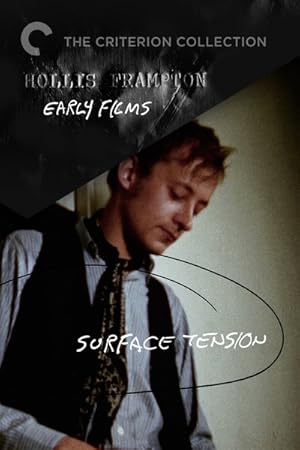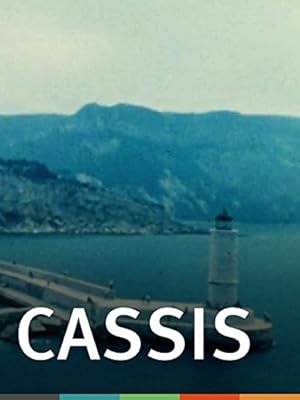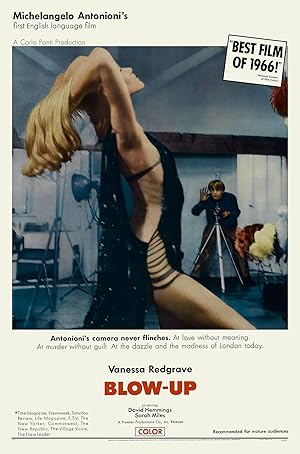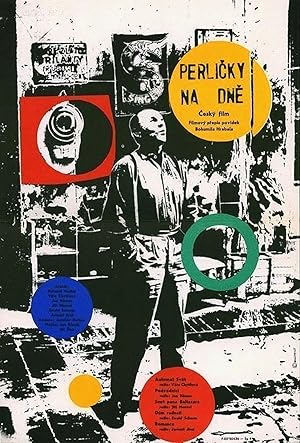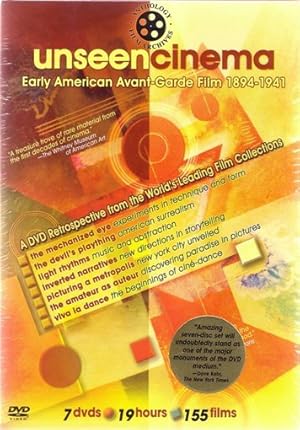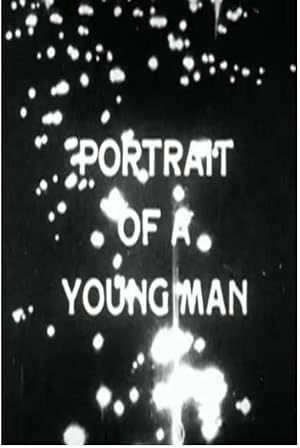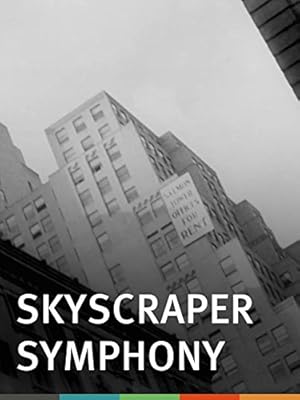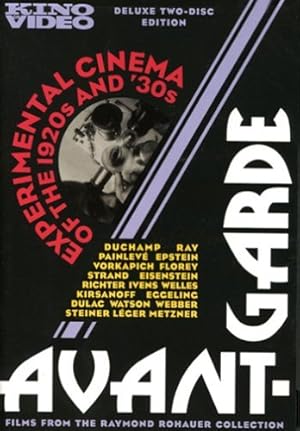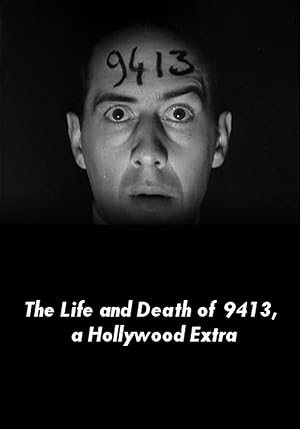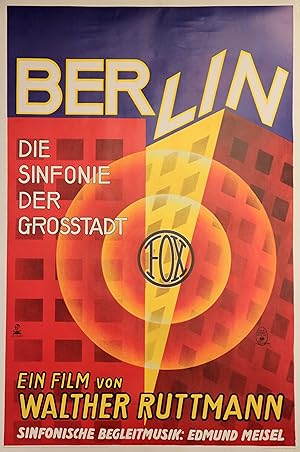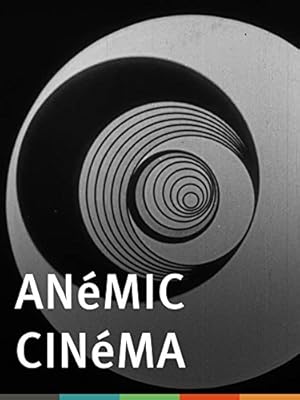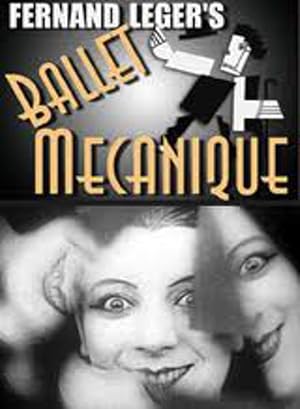Top 100 Avant-Garde movies
You are now browsing page 3, where we continue to showcase even more compelling content linked to "Avant-Garde". If you’ve already sampled a few highlights on previous pages, now is the perfect time to delve deeper into this fascinating keyword. Keep exploring and enrich your understanding!
Symbiopsychotaxiplasm (1968)
0
In Manhattan's Central Park, a film crew directed by William Greaves is shooting a screen test with various pairs of actors. It's a confrontation between a couple: he demands to know what's wrong, she challenges his sexual orientation. Cameras shoot the exchange, and another camera records Greaves and his crew. Sometimes we watch the crew discussing this scene, its language, and the process of making a movie. Is there such a thing as natural language? Are all things related to sex? The camera records distractions - a woman rides horseback past them; a garrulous homeless vet who sleeps in the park chats them up. What's the nature of making a
Surface Tension (1968)
0
A film in three parts: a man talking while a telephone rings, a walking tour of New York, and a goldfish swimming.
Emotion (1966)
0
Experimental short film depicting the life, perhaps real, perhaps a dream, of a young girl named Emi. Emi travels to the city where she encounters her counterpart, Sari, and falls in love with…a vampire?
Cassis (1966)
0
"I was visiting Jerome Hill. Jerome loved France, especially Provence. He spent all his summers in Cassis. My window overlooked the sea. I sat in my little room, reading or writing, and looked at the sea. I decided to place my Bolex exactly at the angle of light as what Signac saw from his studio which was just behind where I was staying, and film the view from morning till after sunset, frame by frame. One day of the Cassis port filmed in one shot." -JM
Blow-Up (1966)
1
A successful mod photographer in London whose world is bounded by fashion, pop music, marijuana, and easy sex, feels his life is boring and despairing. But in the course of a single day he unknowingly captures a death on film.
Pearls of the Deep (1966)
0
A manifesto of sorts for the Czech New Wave, this five-part anthology shows off the breadth of expression and the versatility of the movement’s directors. Based on stories by the legendary writer Bohumil Hrabal, the shorts range from the surreally chilling to the caustically observant to the casually romantic, but all have a cutting, wily view of the world.
1941 (1941)
0
In December, 1941, using music by Stravinsky, this film provides a reaction to the Japanese attack on Pearl Harbor. An egg is smashed by a hammer; red color with white and then blue dominates the frame. Blue paint runs; small bulbs float. The dark colors spread. White, red, blue, and black dominate the frame. Then comes fire. The bulbs burn and break. A broken bulb's filaments are exposed.
Portrait of a Young Man in Three Movements (1931)
0
This is a non-narrative film, comprised of shots that "portray a certain young man in the terms of the things that he likes", such as the flow of the tide on a seashore, the motion of finely-tuned machinery, and sunlight shining through the fronds of a palm.
Skyscraper Symphony (1929)
0
A montage of the skyscrapers of Manhattan opens with a succession of stationary views of the upper portions of numerous buildings. This is followed by a wide variety of fluid shots, which also begin to show more and more of the surrounding city, in addition to the skyscrapers themselves.
The Life and Death of 9413, a Hollywood Extra (1928)
0
This short experimental film tells the story of a man who comes to Hollywood to become a star, only to fail and be dehumanized. He is identified by the number 9413 written on his forehead.
Berlin: Symphony of a Great City (1927)
0
A day in the city of Berlin, which experienced an industrial boom in the 1920s, and still provides an insight into the living and working conditions at that time. Germany had just recovered a little from the worst consequences of the First World War, the great economic crisis was still a few years away and Hitler was not yet an issue at the time.
Anemic Cinema (1926)
0
A spiral design spins. It's replaced by a spinning disk. These two continue in perfect alternation until the end: a spiral design, a disk. Each disk is labelled and can be read as it rotates. The messages, in French, feature puns and whimsical rhymes and alliteration. The final message comments on the spiral motif itself.
Ballet Mécanique (1924)
0
A pulsing, kaleidoscope of images set to an energetic soundtrack. This is a world in motion, dominated by mechanical and repetitive images, with a few moments of solitude in a garden.

